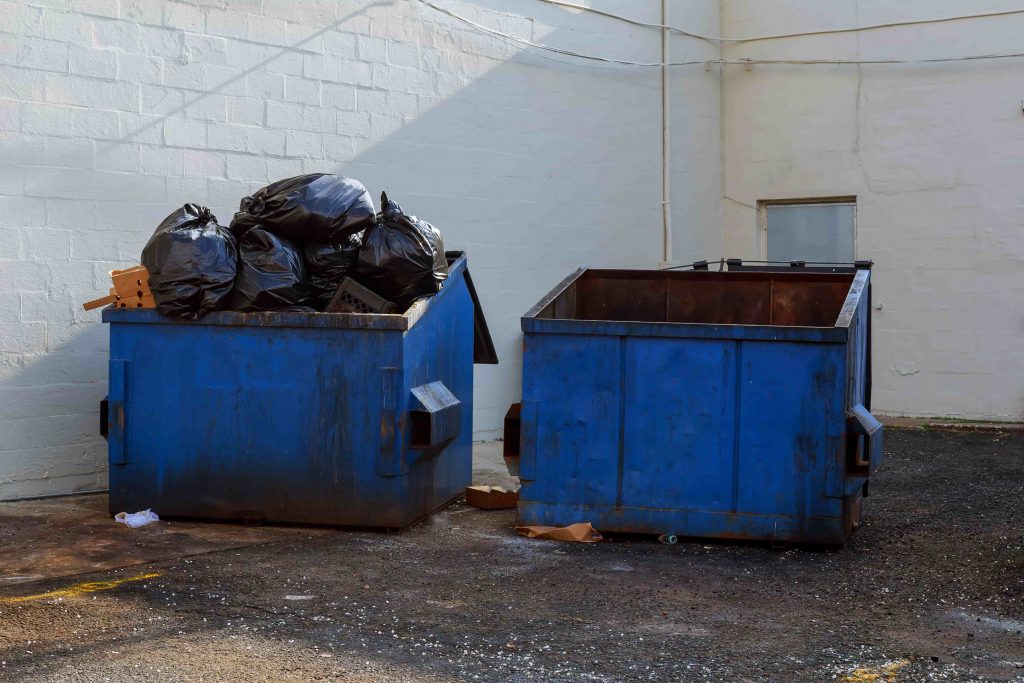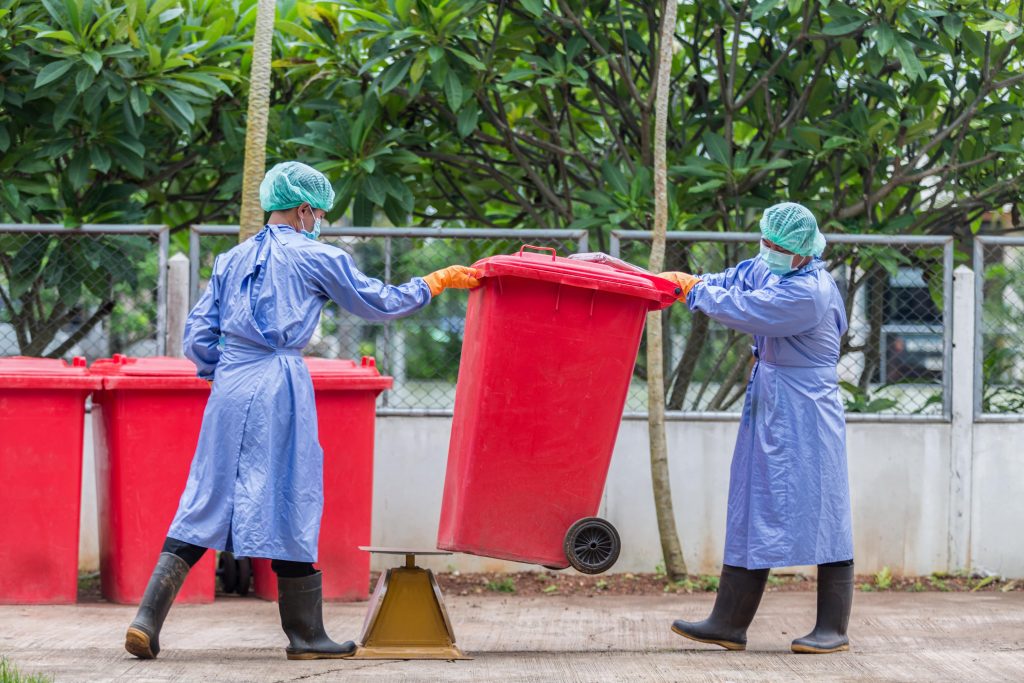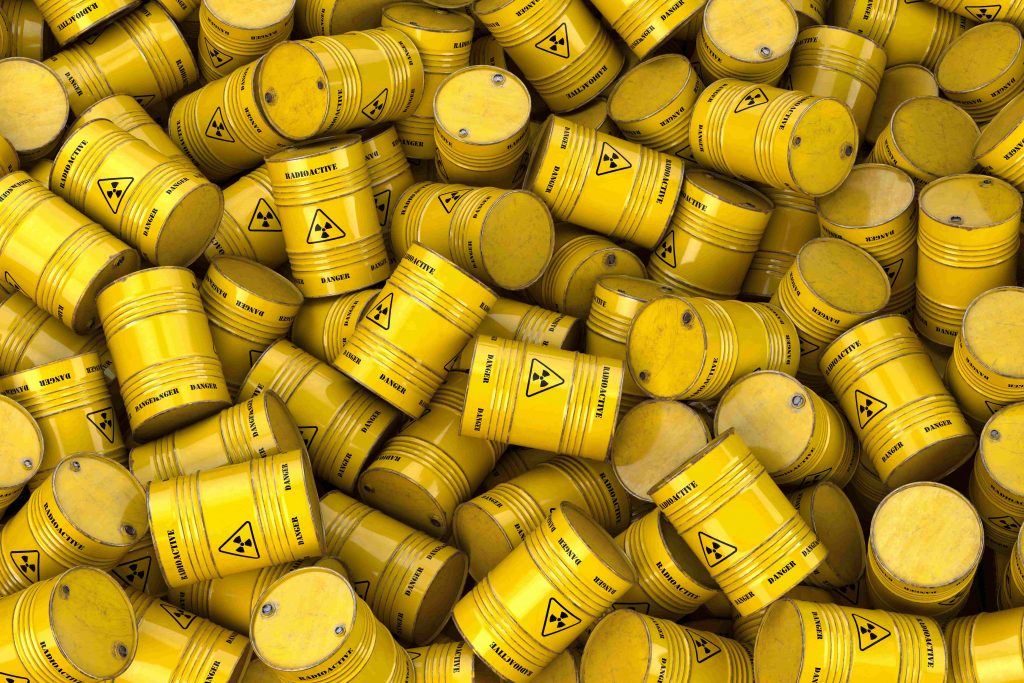Waste & material traceability solution for sustainable facilities

As the population of metropolises continues to grow by the thousands every day, it is becoming increasingly crucial that the waste disposal of the residents and other entities are being handled efficiently and properly. This is a lot more complex than it sounds, however, for there are many types of wastes generated in cities, and they need to be categorized accordingly. The most effective approach for this task would be implementing the right waste disposal software to your existing waste management process.
Some of the wastes found in municipal areas are:

Medical waste is an umbrella term for any item that comes into contact with body fluids during the diagnosis, treatment, or immunization of human beings. There are many types of medical wastes, such as scalpels, syringes with or without needles, anything that has blood or fluid in/on it (e.g. gloves, bandages, gauze, gowns, etc. that were used in procedures), and so on.
Due to their high risk of infection and contamination — and potentially causing an outbreak — it is of utmost importance that medical wastes are disposed of carefully. And it is also important that it is done as often as possible since there is a large circulation of patients in hospitals, especially now in the midst of the COVID pandemic. More patients mean more garbage generated, thus more frequent and efficient waste collection is needed.
By using medical waste collection software alongside fill level sensor, you can easily monitor and manage the collection, which would ensure safe and quick disposal.

Similar to medical wastes, hazardous wastes must be handled with extreme care, for they are, as their name suggests, hazardous. This means that they have potential threats to public health or the environment. For a waste to be considered hazardous, it must be a solid waste. It might also have corrosive, inflammable, explosive, reactant, and/or toxic traits. A good example of hazardous waste would be discarded chemical products, but the examples can range from industrial manufacturing process wastes to batteries.
Because of their dangerous nature, there are a lot of regulations on hazardous wastes. During the disposal stage, all of the garbage must be measured and reported. After this, the necessary units within the company must sign the reports for transportation of the waste to begin. With hazardous waste collection software, this process can be done digitally. The software would measure the waste, prepare the report, and automatically add the digital signatures to the reports. Then, in the case of the police pulling over a hazardous garbage truck, the driver could simply open the app that comes with the software and show the police the needed documents and signatures.
Furthermore, since a hazardous matter might be ignitable, it is vital that the internal temperature of its container is being monitored 24/7. This can be achieved by pairing the software with the fill level sensor that is placed inside the container.

When thinking about construction and demolition (C&D) waste, one may automatically assume that it is just leftover bricks or concrete — when in reality, C&D wastes may be comprised of potentially dangerous materials such as asbestos (which can cause cancer), solvents, and other kinds of objects that impede recycling and threaten human health as well as the environment.
Moreover, because most C&D wastes are generally large in size and quantity, normal-sized garbage containers will most likely not be enough to store all the waste. A situation like this requires the skip hire collection solution: hiring a bin of any size to the desired location, then loading the trash onto the bin.
For both the dangerous material in the waste and the skip hire solution, it would take a tremendous amount of tedious paperwork to get the waste collection done. This is precisely where a C&D waste software would come in handy. Instead of spending hours every day manually organizing order and accounting sheets, a personnel book, etc., you can let the software do the work for you and use your time more efficiently.
Commercial waste is a waste that is generated in businesses or non-profit organizations, for example in a hotel, restaurant, shopping mall, office, etc. Commercial waste management is much less complicated than medical, hazardous, or C&D waste management because it usually does not include dangerous materials. For the sake of eco-friendliness, all that really needs to be done while throwing away commercial waste is to make sure the garbage goes in the right bin (e.g. plastic wastes go in the plastic bin, papers go in the paper bin, and so on).
Nonetheless, it is recommended to switch to using waste management software and take advantage of the amazing opportunities it offers. It will save countless money, time, and energy compared to traditional waste management with pen and paper.
Click here to request a demo, and enhance your waste management today!